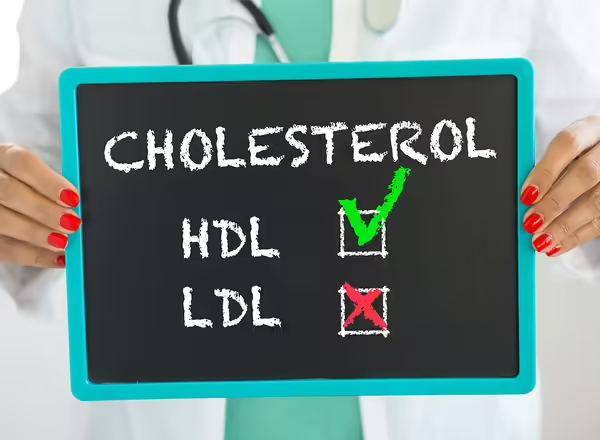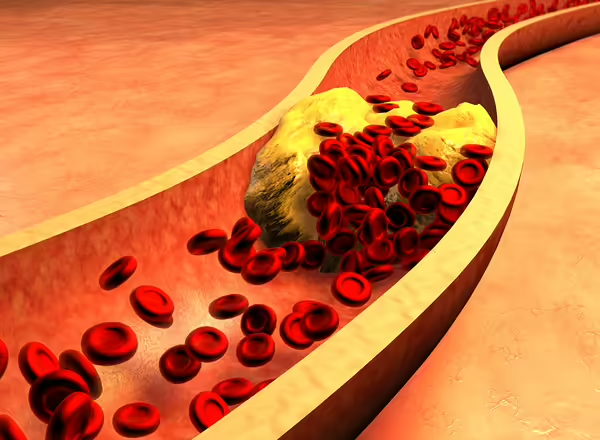
Cholesterol and Diabetes
What is Cholesterol?
Cholesterol is essential for life and is found in all cells. There are two types of cholesterol, one that our bodies make and dietary cholesterol. The cholesterol that our body makes is a fat-like substance produced by the liver. Dietary cholesterol is the cholesterol that other animals produce and that we ingest when we eat animal products like meat and milk. Both types of cholesterol are used to form cell membranes, and to manufacture hormones, bile acids, and vitamin D.
Cholesterol and other fats can’t dissolve in the blood. They have to be transported to and from the cells by special carriers composed of lipids and proteins called lipoproteins. The two lipoproteins to be most concerned about are low density lipoproteins (LDL), and high-density lipoproteins (HDL).

Some research indicates that HDL-cholesterol carries cholesterol away from the bloodstream and back to the liver, where it is passed out of the body. A high level of HDL seems to protect against cardiovascular disease, and a low level indicates a greater risk. HDL-cholesterol levels range from 40 to 50 mg/dl in the average man; from 50 to 60 mg/dl in the average woman. HDL-cholesterol less than 40 mg/dl is considered low and HDL-cholesterol greater than 60 mg/dl is desirable.
To achieve healthful HDL levels
- Participate in regular aerobic exercise such as walking, biking, swimming, or jogging
- Quit smoking
- Lose weight if you are overweight, and maintain a healthy body weight

When a person has too much LDL-cholesterol in the blood, it can slowly build up on the inner walls of the arteries, which supply blood to the heart and brain. Together with other substances it can form plaque, a thick, hard coating that can clog the arteries. A desirable LDL cholesterol is less than 100 mg/dl. However, with diabetes, depending on your age and cardiovascular risk, a lower LDL may be desired.
If you are about to begin medication for lowering LDL levels or are already taking a statin medication to lower LDL levels, your doctor may not be concerned about your LDL level reaching these target values. Recent recommendation focus on how much of a medication a person can tolerate, and the relative decrease in the LDL level rather than reaching an particular number. The person’s other risk factors and important.
To achieve healthful LDL and/or total cholesterol levels
- Eat less saturated fat and cholesterol
- Eat more high fiber foods
- Substitute unsaturated fats for saturated fats
- Lose excess weight